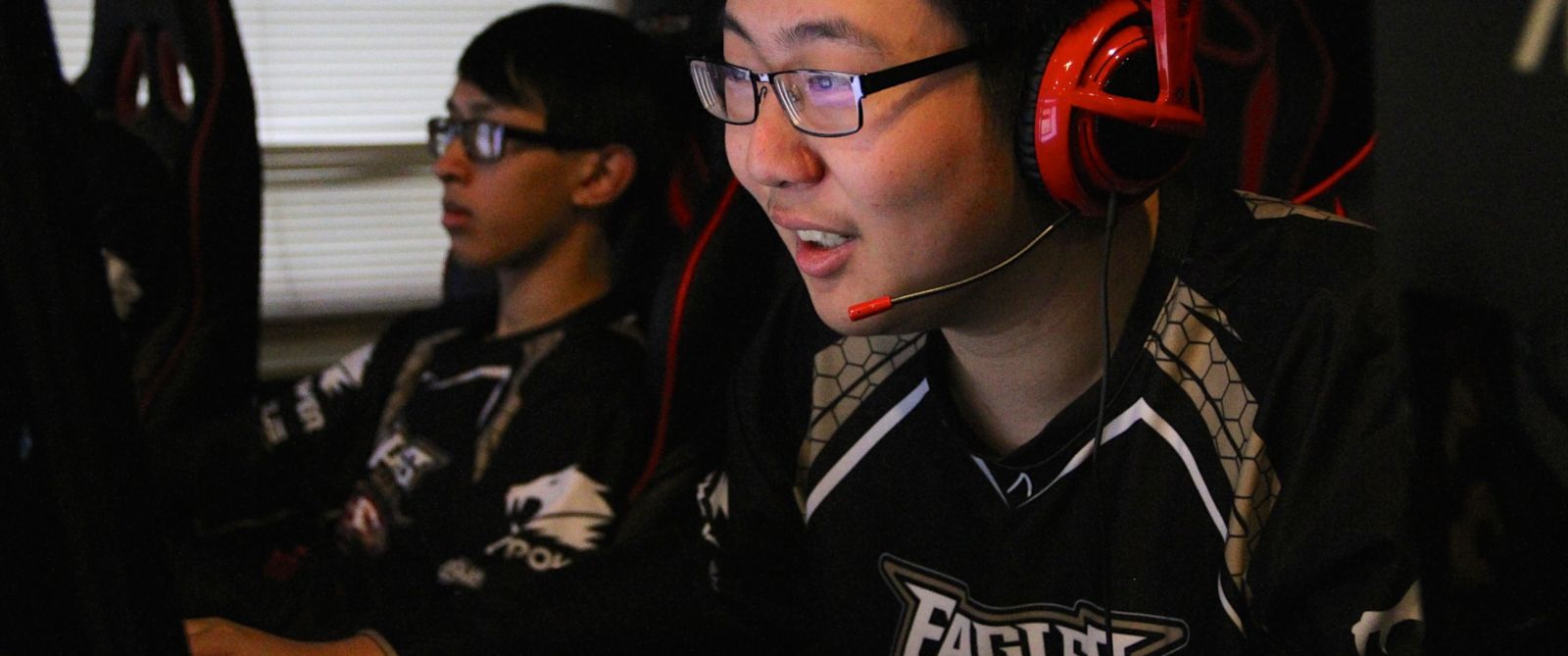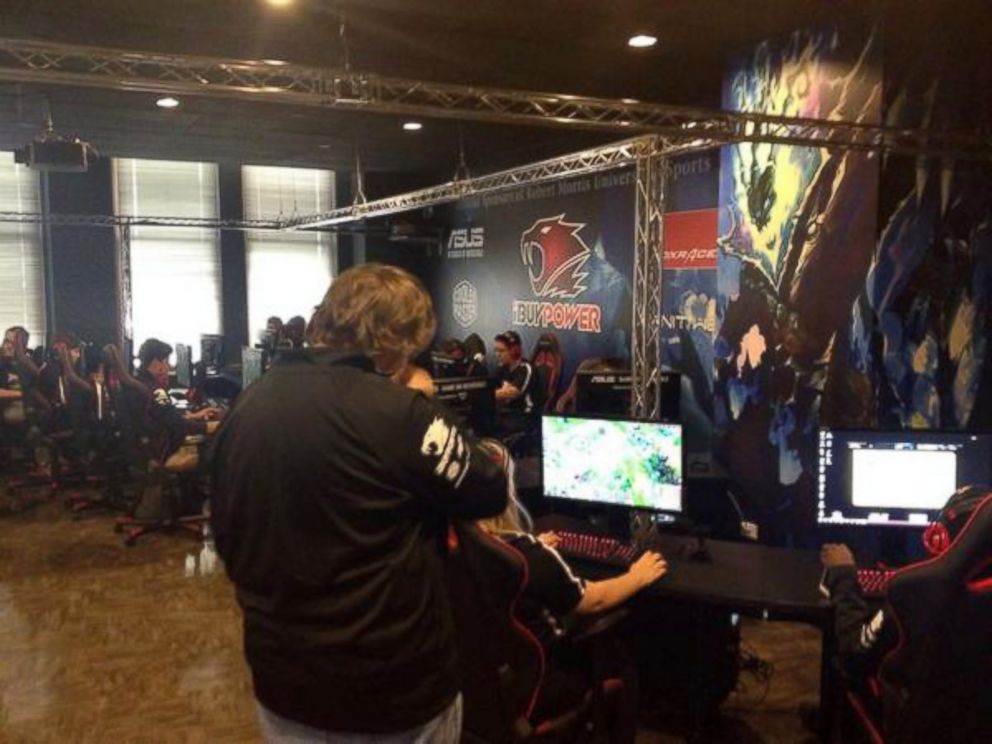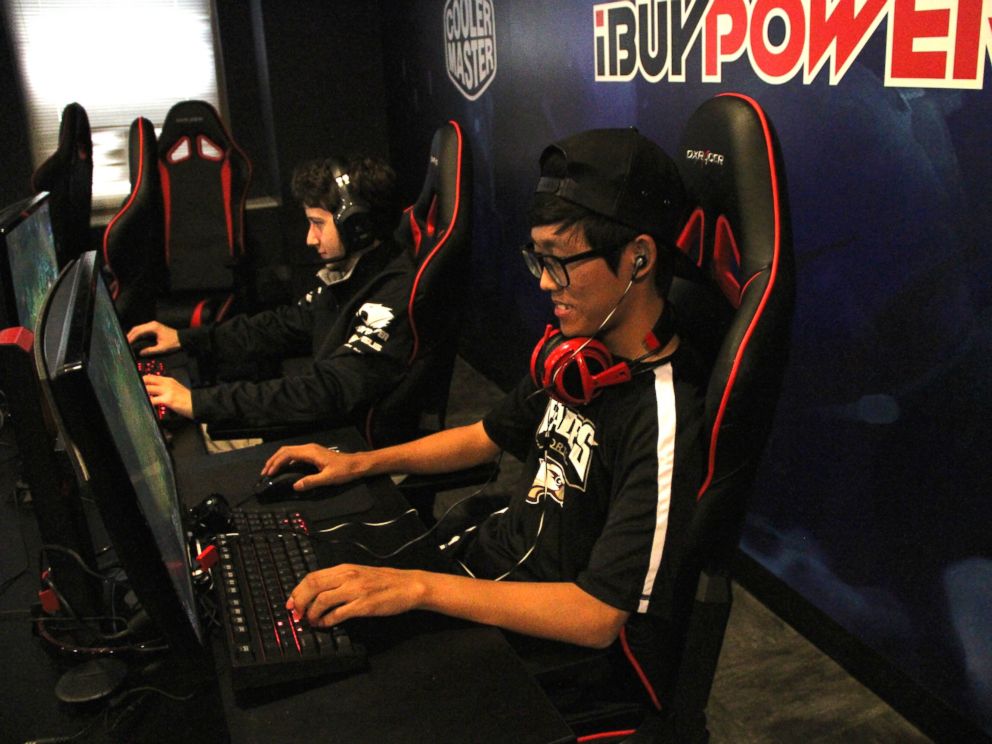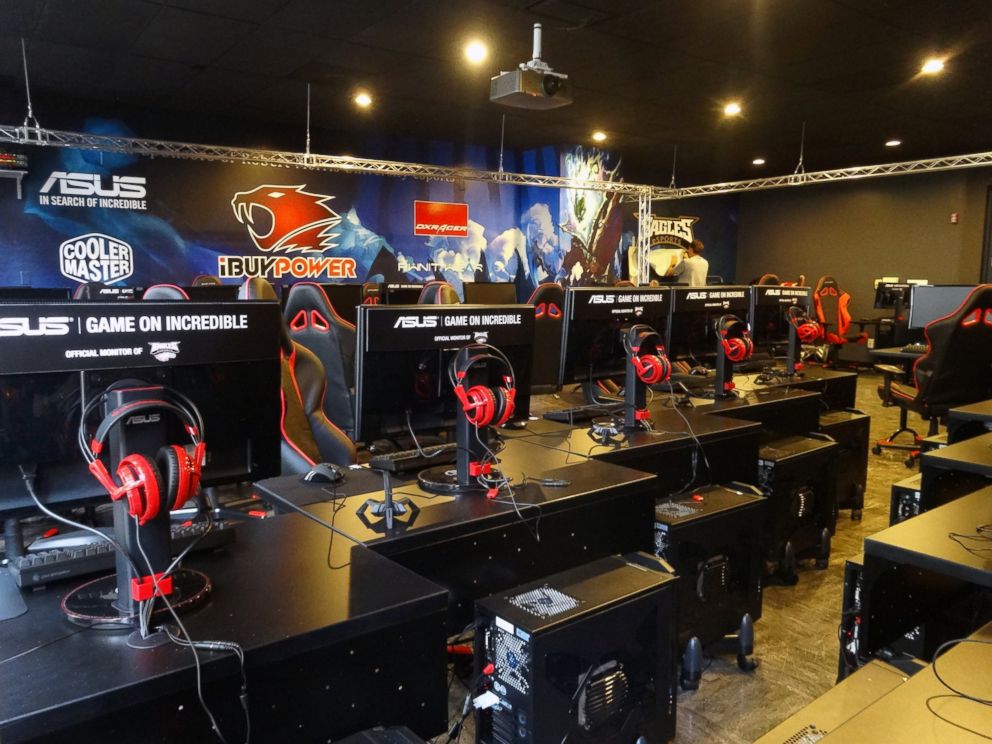CrackBerry
is a nickname for the BlackBerry handheld device. The nickname reflects
the compelling nature of the BlackBerry, which allows the user to get
and send email messages anywhere with wireless coverage. (The "Crack"
part of the nickname is a reference to the highly-addictive street
drug.)
Webster's New World College Dictionary selected "CrackBerry" as its New Word of the Year for 2006.
MNT - Hourly Medical News Since 2003
Technology addiction - how should it be treated? Last updated: Tuesday 1 September 2015
To what extent technology addiction or Internet addiction can be considered a genuine medical disorder is contentious. The term has been in popular use since the mid-1990s but is still not fully recognized in the Diagnostic and Statistical Manual of Mental Disorders. Now, as technology addiction clinics open across many countries in an attempt to ween citizens off their smartphones and computers, we look at some of the arguments surrounding this most modern of addictions.
Earlier this month, India became the latest country to sign up to what some concerned nations are depicting as a war on an
addiction that has their youth in its grip. In Bangalore, India's "silicon capital," the country's premier
mental health hospital has opened its first "technology de-addiction clinic."
In doing so, India has joined South Korea, China, Taiwan and Singapore in using dedicated technology addiction clinics to confront what many Asian-Pacific cultures consider to be a growing public health problem.
This picture is becoming a sign of the times. But, is addiction to technology becoming a genuine problem?
Doctors at the Bangalore clinic, run by the National Institute of Mental Health & Neurosciences (Nimhans), told The Indian Express that, typically, the patients being referred are children whose parents are concerned either by a sharp academic decline or their child withdrawing from family interactions.
"Parents lament that their son or daughter is spending far too much time on the smartphone, or posting numerous photos on Facebook, or complaining of
anxiety, loneliness and boredom when denied use of the device," Dr. Manoj Kumar Sharma, one of the doctors running the Nimhans clinic, told the paper.
The symptoms and nature of this perceived addiction vary from case to case but hinge around a perceived excessive engagement with a user's smartphone, the Internet or social networking sites that comes at the expense of their mental well-being. Persistent checking of instant messaging apps and frequent changing of status updates - as well as the notorious uploading of "selfies" - are linked in addiction cases to
insomnia,
depression and social withdrawal.
As these kind of treatment centers are yet to reach many Western countries, the act of admitting a child to a clinic for spending too much time on Facebook or playing with their smartphone may sound excessive.
However, in India, the launch of the clinic appeared timely - in the same week the Nimhans center opened, Indian newspapers were reporting a case of a 13-year-old who hanged herself after her mother asked her to delete her Facebook account.
Schools concerned about the popularity of texting, selfies and multi-player online games have also been seeking help from the clinic. Some have asked for Nimhans staff to train their student counsellors, or hold awareness camps and screening and rehabilitation programs for addicted students.
A year-long study by the Indian Council for Medical Research published in 2013 corroborates the parental and educational concerns, claiming that among its 2,750 participants there was an "alarming" rate of technology dependence.
Technology addiction 'epidemic' in Asia-Pacific and the treatment response The Asia-Pacific region - home to the what are considered the "gold star" Internet de-addiction centers and treatment programs - is said to boast the world's highest level of smartphone penetration, with Singapore and Hong Kong at the top, according to media monitoring firm Nielsen's 2013 report.
In Singapore, 87% of a population of 5.4 million own smartphones. By contrast, the US has a smartphone prevalence of 65% - which is considered low by the Asia-Pacific standard. Citizens of Singapore are also more indulgent users of social media, spending an average of 38 minutes per session on Facebook - about twice as long as the average American session.
Singapore has been the site of some of the world's most pro-active technology addiction campaigns. A major "cyber wellness" education program targeting pre-school children is about to be launched, and the "Put it on friend mode" campaign from Nanyang Technological University - which encouraged smartphone users to put their phones away while with loved ones - apparently drew major support.
Medical News Today asked Dr. Adrian Wang, a psychiatrist at the Gleneagles Medical Centre in Singapore, why he believes social media use has twice the impact in that country compared with the US. He considers the problem to be largely one of access to technology from an increasingly young age.

"Many young Singaporean kids already have access to a smartphone or device," Dr. Wang says. "The habit grows from there."
"Many Singaporean kids - from as young as 7 or 8 - already have access
to a smartphone or device," he says. "The habit grows from there. By
their teens, most kids are pretty tech-savvy, and a combination of peer
influence (everybody's on Facebook or Whatsapp) and ease of access
(cheap mobile devices) means everyone's glued to their smartphone at
some point of the day."
A standard treatment program at one of
the dedicated technology addiction clinics in Singapore is based around
cognitive behavioral therapy (CBT).
Dr. Wang explains that the
first step is to identify triggers for excessive Internet, social media
or technology use - such as boredom or
stress. Next, learned automatic responses - such as using the smartphone to relieve anxiety - are challenged and reversed.
"At a deeper level, exploring their thoughts and beliefs about anxiety
and how they handle it is crucial," he says. "Like dealing with an
addictive behavior, it's a long process and there may be ups and downs
before long-term improvements are achieved. Medications are rarely
used."
 The US and the origins of 'Internet addiction disorder' CBT
The US and the origins of 'Internet addiction disorder' CBT
is also the cornerstone of the therapy offered by Dr. Kimberley Young,
the leading Internet addiction therapist and author in the US. Dr. Young
founded the
netaddiction.com
website in 1995 - the same year that the phrase "Internet addiction
disorder" was coined in an essay by the New York-based psychiatrist Dr.
Ivan Goldberg.
Dr. Goldberg's "Internet addiction disorder" was
actually a hoax - he was attempting to satirize the the Amerlcan
Psychiatric Association's psychiatry textbook, the Diagnostic and
Statistical Manual of Mental Disorders (DSM), by applying criteria from
DSM's gambling addiction to the Internet - which was something of a
novelty in 1995.
But many readers of Goldberg's essay took the
proposition seriously, with some Internet early adopters posting serious
accounts of their own perceived addiction online and informal Internet
addiction groups springing up on university campuses.
Dr. Young
was arguably the first psychiatrist to take Goldberg's premise of
Internet addiction seriously and mounted a campaign for the disorder to
be included in the next edition of the DSM.
It took until 2013
and the publication of DSM-5 before an Internet-related disorder -
"Internet gaming addiction" - was included. "Which is a major
achievement," Dr. Young told us.
"We also don't have government-based health care, so in the US any new disorder is more of a grass roots effort to get it established," Dr. Young says.
"I see this as the normal development for the DSM," she reasons. "It takes years of research to establish new disorders. Just look how long substance dependence - such as
alcoholism - or pathological gambling or eating disorders took to get in the DSM. Plus all the research done on Internet addiction used a variety of methods and measurements, so it was unclear if we were all studying the same phenomenon."
The inclusion of an Internet-related addiction in the DSM may encourage psychiatrists to diagnose patients with a form of "Internet addiction" - a labeling that is still regarded as contentious by some Western mental health professionals.
"We have been lagging behind other countries," Dr. Young told us. "I think US culture is conservative. The answer is that simple. It is more of a cultural issue than a clinical issue. The problem is real but how countries choose to address it will vary." However, she also describes resistance toward the labeling of new disorders from US
health insurance companies, who are keen to limit the number of conditions that they have to reimburse.
"We also don't have government-based health care, so in the US any new disorder is more of a grass roots effort to get it established," she adds.
Dr. Young believes that what is known as the South Korean "Master Plan" is the global leader for prevention and treatment of Internet addiction. "They have by far the most comprehensive plan," she gushes, "even over China, it was quite impressive."
Technology addiction diagnosis China itself has over 300 Internet addiction centers. In 2007, concern from China over a report stating that 13.7% of its youth (about 10 million teenagers) met the criteria for Internet addiction disorder led to the implementation of laws discouraging more than 3 hours of daily online gaming.
However, in February of this year, the state broadcaster CCTV claimed that 24 million young Chinese people are "addicted" to the Internet.
This raises the question of whether Chinese attempts to control the epidemic via treatment centers and regulations have failed to the extent that the problem has more than doubled in 7 years, or if there is a political motivation for China's mass diagnosis of net addiction. China, after all, is a state with a notoriously censorial approach to the Internet, whose citizens have largely been banned from accessing social media since activists used Facebook to co-ordinate protests against the republic in 2009.
Other professionals have suggested, however, that prevalence of Internet addiction is simply harder to measure in Western states than in Asian countries, and so is less visible.
For example, Dr. Jerald J. Block, who campaigned for Internet addiction to be included in DSM-5, wrote in the American Journal of Psychiatry that, "unlike in Asia, where Internet cafes are frequently used, in the United States games and virtual sex are accessed from the home. Attempts to measure the phenomenon are clouded by shame, denial and minimization."
In the second part of this article we look at why a standalone diagnosis of 'Internet addiction' or 'technology addiction' may be unhelpful.
Why a standalone diagnosis of 'Internet addiction' may be unhelpful
In November 2012, a study into Internet addiction among European youths
from researchers at the London School of Economics (LSE) in the UK
proposed a different take on the concept of "Internet addiction." Rather
than view problems related to Internet use as "addiction," the
researchers employed the term "excessive use" to describe patterns of
"repetitive, compulsive and uncontrolled" use.
The authors reasoned that where Internet use is blamed for declining
school results in children or increased family tension, "it is not at
all clear whether excessive Internet use is the cause of these problems -
it could be a symptom or a consequence of these or other underlying
troubles."
LSE researchers suggest that a specific "addiction" to the Internet is less prevalent than is generally feared.
The LSE team applied the five basic components of Internet addiction, as
defined by the British psychologist Dr. Mark Griffiths, to the
participants in their study. They asked the children how often they
experienced the following:
- '"I have gone without eating or sleeping because of the Internet"
- "I have felt bothered when I cannot be on the Internet"
- "I have caught myself surfing when I am not really interested"
- "I have spent less time than I should with either family, friends or
doing schoolwork because of the time I spent on the Internet"
- "I have tried unsuccessfully to spend less time on the Internet."
They found that very few participants experienced all five components,
which suggested to the researchers that a specific "addiction" to the
Internet is less prevalent than is generally feared.
However, the researchers did find a relationship between excessive
Internet use and problematic online and offline behavior. These include
psychological and emotional difficulties, drinking alcohol and substance
abuse.
The LSE researchers argue that rather than pinning an "addict" label to
children who use the Internet excessively, children's engagement with
technology should be understood within the wider context of their
everyday life.
They write:
"Psychological approaches suggest that people use the Internet
excessively to compensate for social or psychological difficulties, and
deficits in personal well-being in terms of their everyday offline life.
Studies have linked sensation-seeking (a tendency to pursue excitement
and sensory pleasure), loneliness and emotional problems (such as
depression and low self-confidence) to excessive Internet use."
Therefore, children who are psychologically vulnerable are more likely
to engage in excessive Internet use because they are trying to
compensate for problems in their offline lives. This is relevant to how
psychologists or counsellors approach treatment, because "the child may
not see their Internet use as a problem but as a positive, coping
response to other social, emotional and psychological challenges in the
child's life."
We put this to Dr. Wang, who broadly agreed with the LSE's findings. He told us:
"I am generally not in favor of a standalone 'Internet addiction'
diagnosis, and I agree that it is more a symptom of a larger problem -
anxiety, depression, boredom, self-esteem issues to name a few - than an
illness itself. Making it a DSM diagnosis 'medicalizes' the problem."
"However," he adds, "there are individuals with addictive personalities
who may be more vulnerable to developing such an addiction. It's a
combination of factors - an addictive personality plus a trigger (e.g.,
anxiety or depression) snowballing to full-blown addiction symptoms."
Although we are now nearing a 20th anniversary of Dr. Goldberg's
Internet addiction disorder hoax, it seems that clinicians are still
largely divided on the validity of such a disorder, and, if it does
exist, what the best way of approaching it might be.
But it is not without some irony we note that, at the time of writing, a
temporary Facebook outage lasting just 20 minutes has plunged users of
social media into turmoil, with broadsheet newspapers going as far as to
live-blog the downtime.
"If anything," writes the technology
website Ubergizmo, "this incident only highlights our addiction to the social network."
Medical News Today recently reported on a study that suggested
cell phone addiction is becoming an increasing concern in high school and college students.
Written by David McNamee
Link:
http://www.medicalnewstoday.com/articles/278530.php Technology addiction - how should it be treated?
Recommended related news
Are you addicted to shopping? Medical News Today, 2015
What is psychology? What are the branches of psychology? Medical News Today, 2015
Is Internet Addiction Due To A Genetic Mutation? Medical News Today, 2012
Internet Addiction Linked To White Matter Differences In Teen Brains Catharine Paddock PhD, Medical News Today, 2012
Author Slammed Over Claims Technology Harms Young Brains Megan Brooks, Medscape, 2015
Internet use among older adults: association with health needs, psychological capital, and social capital. Namkee G Choi et al., J Med Internet Res, 2013
EADV: Spotlight on alexithymia in psoriasis BRUCE JANCIN, Dermatology News
EADV: Spotlight on alexithymia in psoriasis BRUCE JANCIN, Clinical Psychiatry News, 2015
Powered by TrendMD ReferencesAdditional informationCitations First tech de-addiction clinic opens; experts see ‘tip of iceberg’, Saritha Rai, The Indian Express, accessed 20 June 2014.
Excessive internet use among European children, David Smahel, et al., London School of Economics, accessed 20 June 2014.
Singapore grapples with internet addiction, Dunya News, accessed 20 June 2014.
Issues for DSM-V: internet addiction, Jerald J. Block, Am J Psychiatry, accessed 20 June 2014.
Note: Any medical information published on this website is not intended as a substitute for informed medical advice and you should not take any action before consulting with a health care professional.
For more information, please read our
terms of use.
Spotlight on: Psychology / Psychiatry
What Is Psychology? 
An introduction to psychology, the science of the mind and behavior. Find out about the origins, the branches of psychology and how psychologists study the mind. MediLexicon International Ltd, Bexhill-on-Sea, UK This site complies with the
HONcode standard for trustworthy health information:
verify here.
















